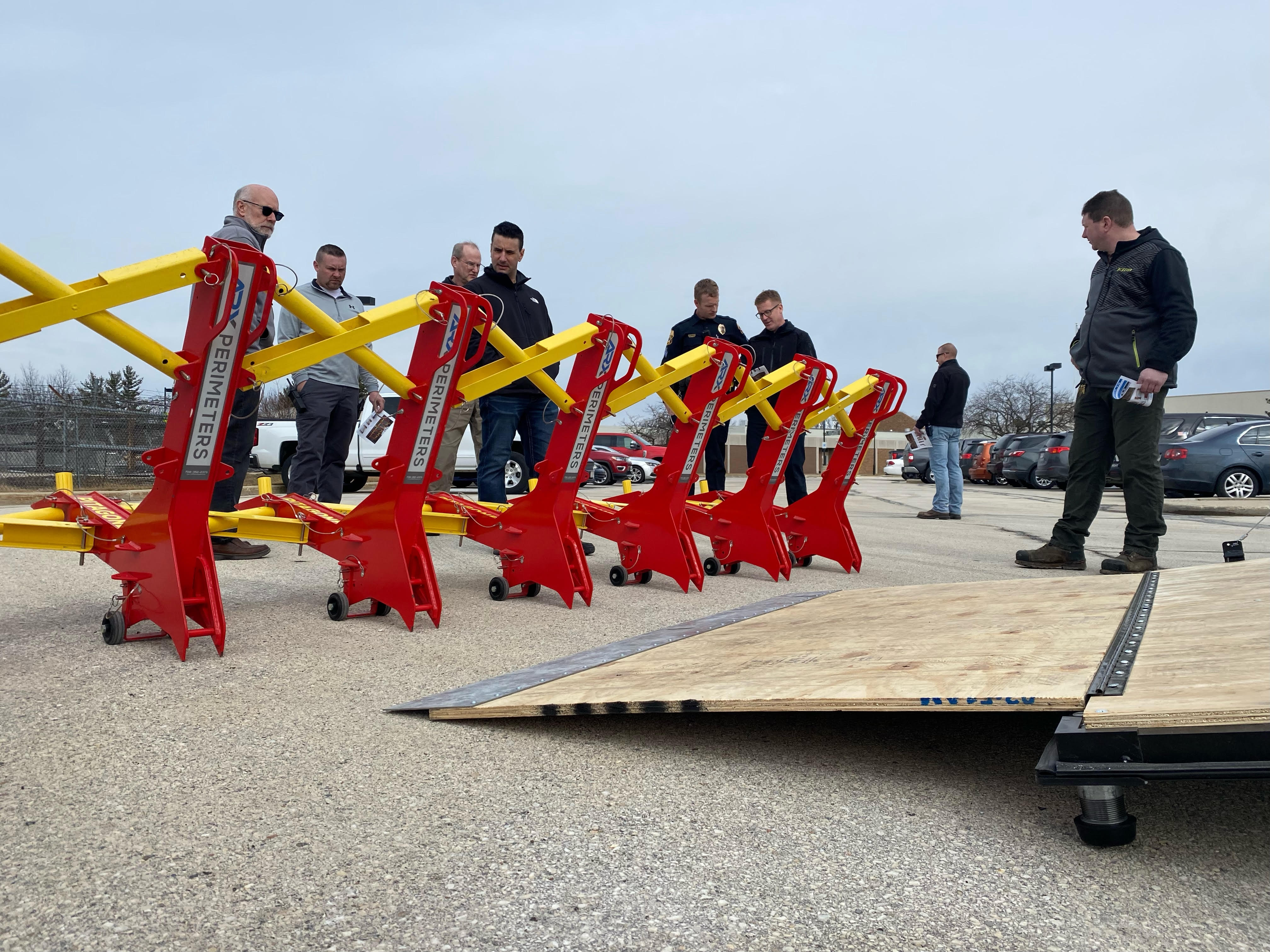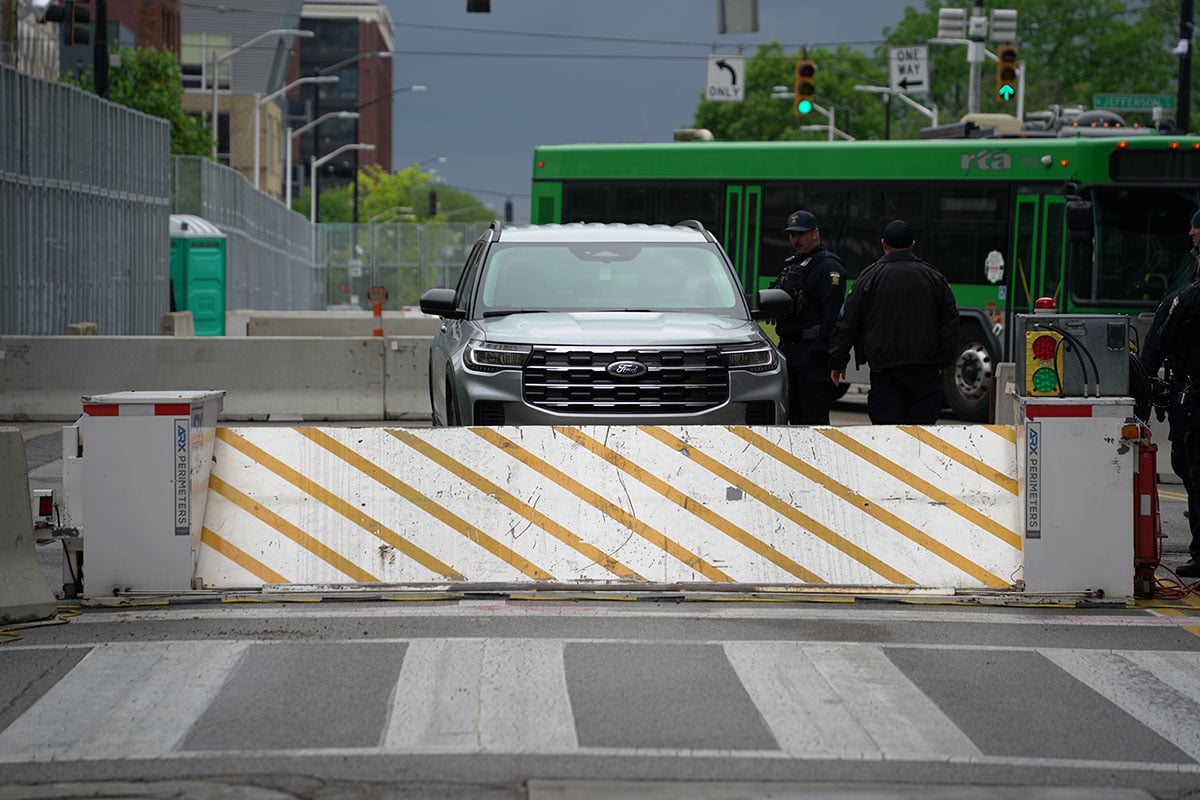Throughout history, different groups have used multiple types of barriers to fortify their cities, villages, or neighborhoods. Barricades were often constructed by anything that could be rapidly gathered and deployed to create a barrier from intruding forces. Oftentimes improvised fortifications being made out of wagons, chariots, furniture, wood, and stone.
The definition of barricade is any object or structure that creates a barrier or obstacle to control the flow of vehicles or persons in a desired direction.
But where does the word “barricade” come from?
In the 1500s the French Roman Catholics were in a series of civil wars against the Protestants, also known as the Huguenots. These wars were known as the French wars of Religion. Throughout the city of Paris there was mass destruction and violence. The only way to protect the city was to fill barrels with dirt and rocks to fortify the city and keep out enemy troops.
The old French word “barrique”, meaning made of barrels is where we get the word barricade.
Now the French weren’t the first to be the first to implement a barrier system during times of protest, war, or general unrest. The Romans were known for blocking their city entrances as well.
Barricades In Ancient Rome
One example of barricades being deployed in Ancient Rome was after the assassination of Emperor of Pertinax, Publius Helvius Pertinax. This time was known as the Crisis of the Year of Five Emperors in 193 AD.
During this period of political instability, civil war, and widespread violence different factions supporting different leaders who were competing to claim the title of Emperor took to the streets.
As tensions grew and the streets of Rome became battlegrounds of these different factions, the citizens would deploy makeshift barricades of chariots, furniture, wood, and stone to protect their neighborhoods.
During one specific event of an uprising against Didius Julianus, loyal supporters of Severus used barricades to block the roads to control access to the Senate and the Forum.
Barricades In Modern Times
In the ancient world and even into the 1800s, barricades were created with random materials piled on streets to fortify and block would-be intruders. During the French Revolution, this tactic was still implemented as a military strategy. It wasn’t until the mid to late 20th century when the modern barrier system would be created due to the rise of hostile vehicle threats.
The concrete block was one of the first notable barrier systems to be deployed to prevent hostile vehicles from entering unauthorized military bases. But even those were designed to be used in traffic management and later deployed for security purposes.
Now there are multiple types of barricade systems used to control traffic, passage, and flow of persons or vehicles to a desired location. Often made of high-grade steel these vehicle barriers have replaced the old, improvised way of blocking streets with a modern and effective solution.
In Summary
The barricade has been a symbol throughout history of resistance and fortification from intruding forces. Often seen in grim apocalyptic movies where random materials are thrown together on a roadway sometimes having persons on the other side, and other times not.
Throughout history the barricade has evolved from random improvised material, to high-grade steel. Some mobile and some permanent. Nonetheless, we as humans have constructed these barriers based on the impending threat from horses to vehicles, the barricade will continue to evolve as technology changes. Making sure that you are always on the forefront of adapting new technologies for new threats.
If you are looking for a modern and effective barricade system, take a look at our catalog of HVM Barriers.
Related articles

What To Look For In A Hostile Vehicle Mitigation System | Vehicle Barriers
Chase Tobin | Feb 26, 2025 9:08:25 AM

Terrorist Drove Around Vehicle Barriers In New Orleans Vehicle Attack
Carson Schenk | Jan 2, 2025 7:28:39 AM



